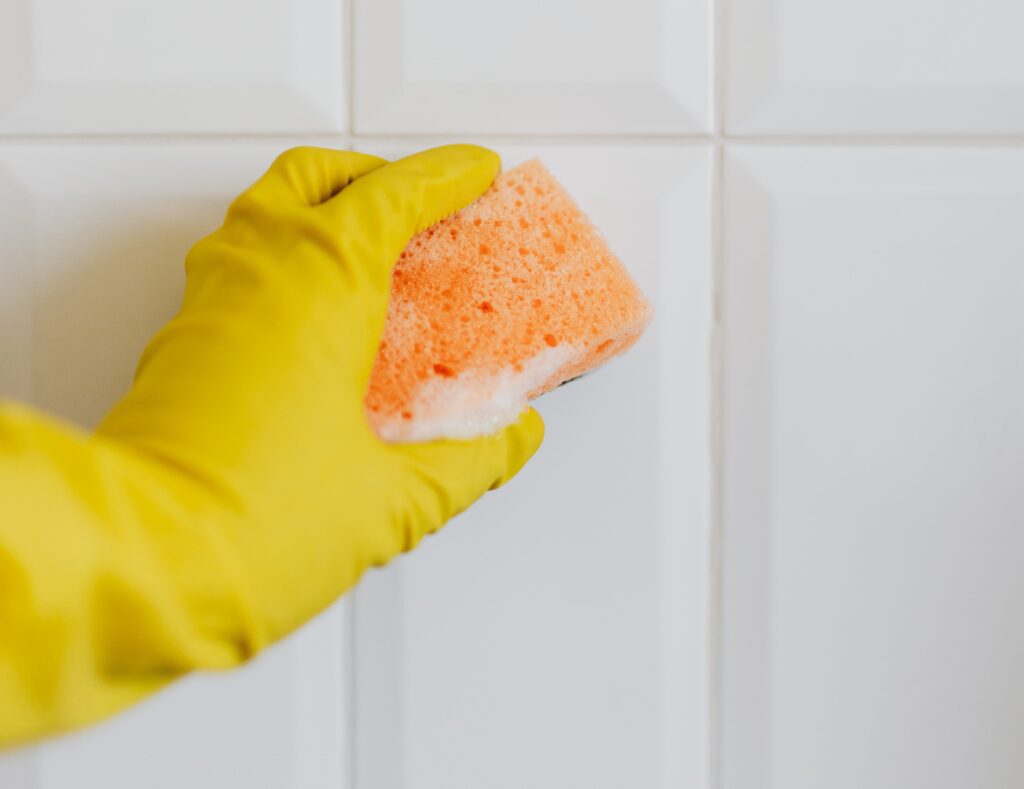Effective Mold Removal and Prevention: A Homeowner’s Guide
Mold in the home is not just an aesthetic issue; it poses potential health risks and can lead to significant property damage. Understanding how to identify, remove, and prevent mold is essential for maintaining a healthy and safe living environment. This guide provides homeowners with practical information on tackling mold problems, including DIY removal techniques for minor infestations and advice on when to seek professional help. We will also delve into effective strategies for preventing mold growth, ensuring your home remains mold-free and your family stays healthy.

Understanding Mold
Mold is a type of fungus that grows in damp environments. It reproduces through tiny spores that travel through the air and can grow on almost any surface when moisture is present. Common types found in homes include Cladosporium, Penicillium, and Aspergillus.
Identifying Mold in Your Home
Mold often appears as a fuzzy or slimy patch and can be various colors, including black, white, green, or yellow. It’s commonly found in bathrooms, kitchens, basements, and areas with water damage. A musty odor is another sign of mold presence.
Health Risks Associated with Mold
Exposure to mold can cause a range of health issues, especially for individuals with allergies, asthma, or weakened immune systems. Symptoms include nasal stuffiness, throat irritation, coughing, wheezing, skin irritation, and eye irritation.
DIY Mold Removal Techniques
For small mold infestations (less than about 10 square feet), you can attempt DIY removal:
- Safety First: Wear gloves, goggles, and a mask to avoid mold exposure.
- Cleaning Solutions: Mix a solution of one part bleach to three parts water or use undiluted white vinegar for a natural option.
- Scrubbing: Apply the solution to the mold and scrub the area thoroughly with a brush.
- Drying: Make sure the area is completely dry after cleaning to prevent mold from returning.
- Disposal: Dispose of any materials used to clean mold in a sealed bag.
When to Call Professionals
For larger infestations, or if mold is in the HVAC system, it’s best to call professional mold removal services. They have the equipment and expertise to safely and effectively remove extensive mold growth.
Preventing Mold Growth
Preventing mold involves controlling moisture levels in your home:
- Fix Leaks: Repair any plumbing leaks or water issues promptly.
- Ventilation: Ensure good ventilation, especially in high-moisture areas like bathrooms and kitchens.
- Dehumidifiers: Use dehumidifiers in damp areas to keep humidity levels below 60%.
- Dry Wet Areas: Dry any wet areas or spills within 24-48 hours to prevent mold growth.
Maintenance and Regular Inspection
Regular home maintenance is key to preventing mold:
- Inspect Regularly: Regularly check your home for signs of mold, especially in prone areas.
- Roof and Gutters: Keep your roof and gutters in good repair to prevent water intrusion.
- Landscaping: Ensure the ground slopes away from your home’s foundation to prevent water accumulation.
Conclusion
Dealing with mold is an essential aspect of maintaining a healthy home. By identifying mold early, effectively removing small infestations, and employing strategies to prevent its growth, you can protect your home and health. Remember, for extensive mold problems, professional remediation is the safest and most effective approach. Regular maintenance and vigilance are your best defenses against mold in your home.






